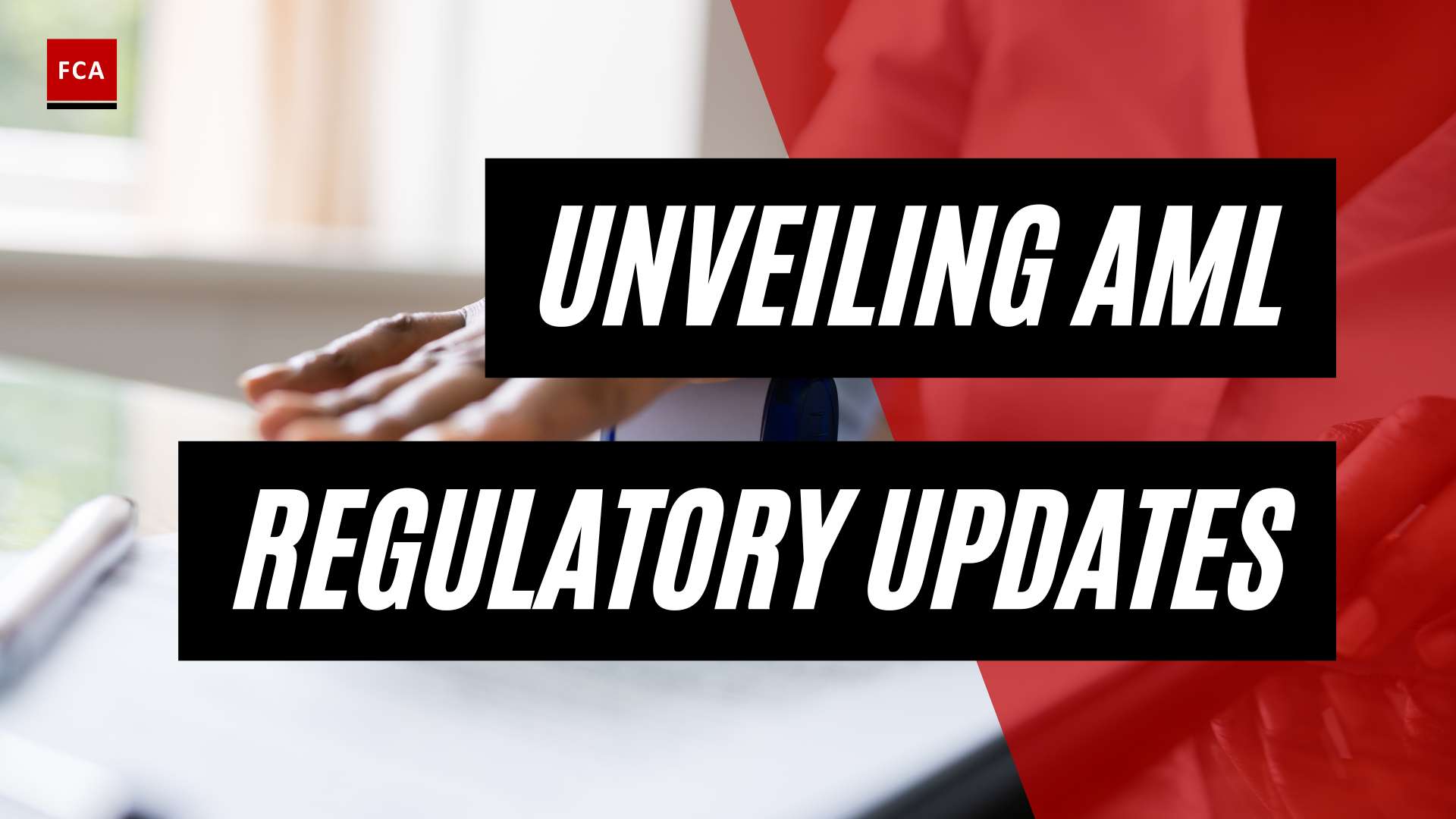Documentation requirements for any business process are vital in maintaining transparency, ensuring compliance with regulations, and serving as proof of transactions, which can be instrumental in mitigating fraud risks and resolving disputes if they arise.
Which documentation requirements should be kept? Keep all documents with evidence of the background, the purpose of the transactions, the trigger, the investigation carried out, and all findings and conclusions. Record keeping applies for the cases where you filed an Suspicious Activity Report, or SAR, and for any case opened, closed, and not reported.

SARs Documentation Requirements
The documentation should be self-explanatory, which means that a colleague should be able to review and understand the case in a short period if law enforcement comes back with questions. Ensure that a qualified third party like auditors or regulators can follow the rationale and background of a case. The information should be easily available for investigators or financial crime officers on a need-to-know base to assist law enforcement if they have follow-up questions.
If an action or transaction that seemed to be unusual has a reasonable explanation, it is right not to file an SAR. But there are also wrong reasons not to file an SAR, which should be avoided. Wilful blindness is a legal principle used in some jurisdictions in money laundering and other cases. Wilful blindness is the “deliberate avoidance of the knowledge of facts” or “purposeful indifference.”
Another reason is backlogging, which prevents institutions from filing SARs promptly. A backlog or staffing issue is never an acceptable reason not to file an SAR promptly.
Sometimes, you may feel pressure from the institution’s business side not to lose an important client, which is a short-sighted approach with serious consequences. The Money Laundering Reporting Officer, or MLRO, should be independent of the business.
SARs Supporting Documentation
This guidance is being issued by the Financial Crimes Enforcement Network (FinCEN)1 to clarify:
- The Bank Secrecy Act (BSA) requirement that financial institutions provide supporting documentation for Suspicious Activity Reports (SAR) in response to requests from FinCEN and appropriate law enforcement or supervisory agencies
- What is meant by “supporting documentation” in SAR regulations
- When the disclosure of supporting documentation necessitates the use of legal process

What Constitutes Supporting Documentation
The term “supporting documentation” refers to all documents or records that assisted a financial institution in determining that a particular activity required a SAR filing. When filing a SAR, a financial institution must identify supporting documentation, and this documentation must be kept on file by the institution.
The manner in which a financial institution keeps supporting documentation may differ from one institution to the next, but each institution should specify its own method in its anti-money laundering program written procedures. For example, a financial institution’s procedures may require that all supporting documentation for a specific SAR be kept in a single file folder or scanned and saved in a data file.
What constitutes supporting documentation is determined by the facts and circumstances of each filing. Financial institutions should identify the supporting documentation in the SAR narrative, as indicated in each of the SAR forms, which may include, for example, transaction records, new account information, tape recordings, e-mail messages, and correspondence. While items identified in the SAR’s narrative are generally considered supporting documentation, a document or record may qualify as supporting documentation even if it is not identified in the narrative.
Final Thoughts
The rigorous maintenance of documentation pertaining to Suspicious Activity Reports (SARs) and all related transactions and actions is critical to ensuring robust, comprehensive, and compliant financial operations. All materials evidencing the background, purpose, triggers, investigations, and conclusions of any transaction under scrutiny, including both reported and unreported cases, must be preserved meticulously. This practice not only fosters transparency but also aids in facilitating reviews by third-party auditors, regulators, or law enforcement, should the need arise.
Moreover, it serves to safeguard institutions from potential issues like wilful blindness, backlogging, and undue business pressures, by providing a detailed record of decision-making processes. The Financial Crimes Enforcement Network (FinCEN)’s guidance on what constitutes supporting documentation, including transaction records, account information, communications, and more, underscores the need for a thorough, standardized approach to SARs documentation within financial institutions.








